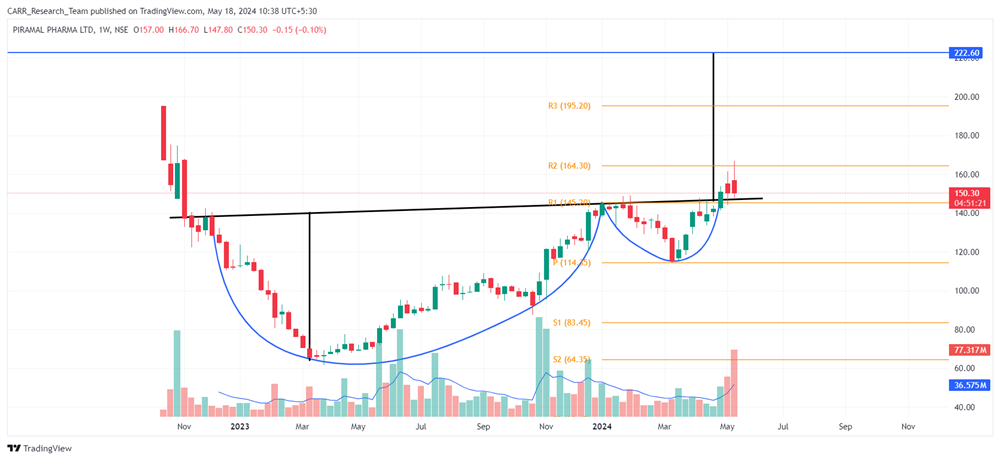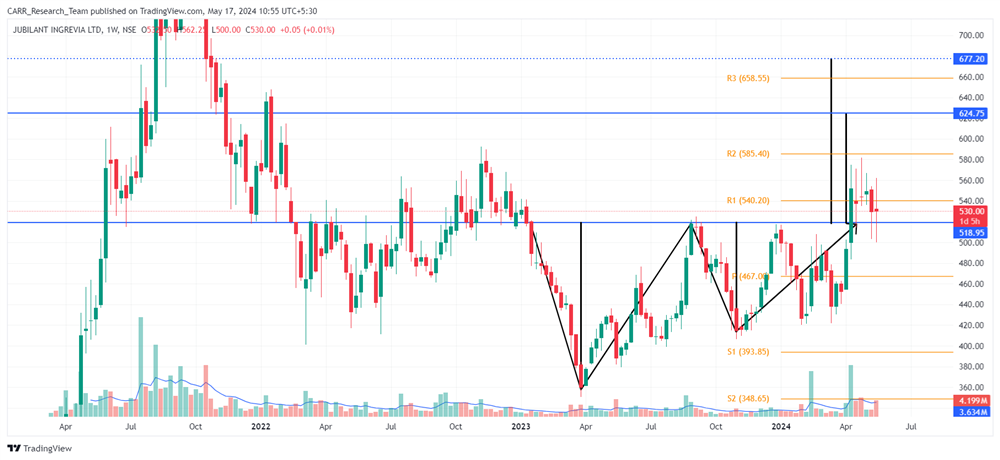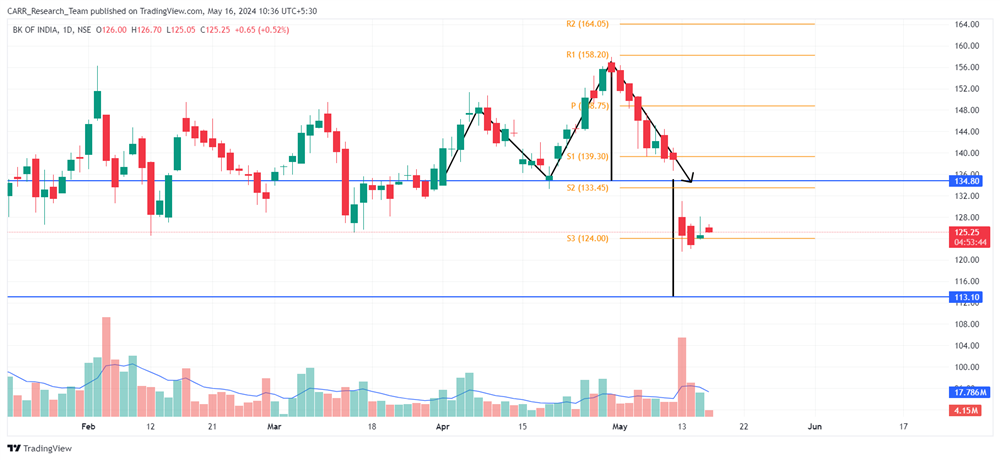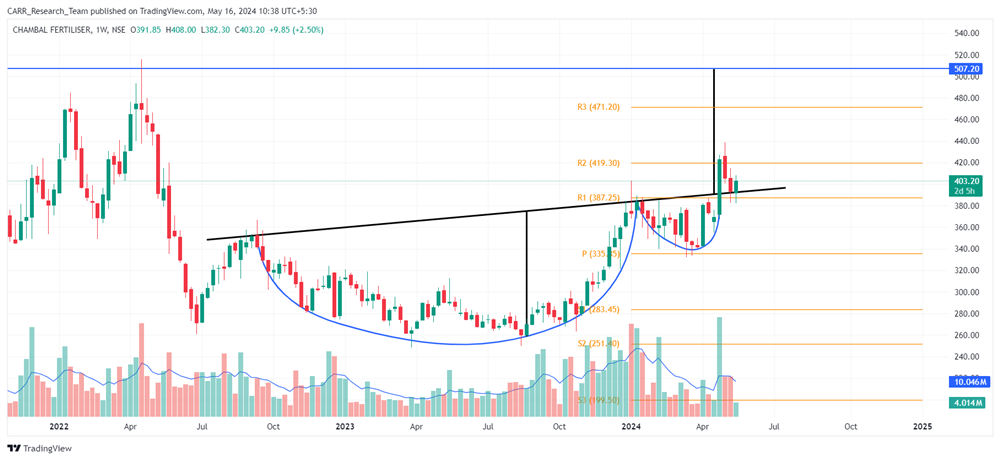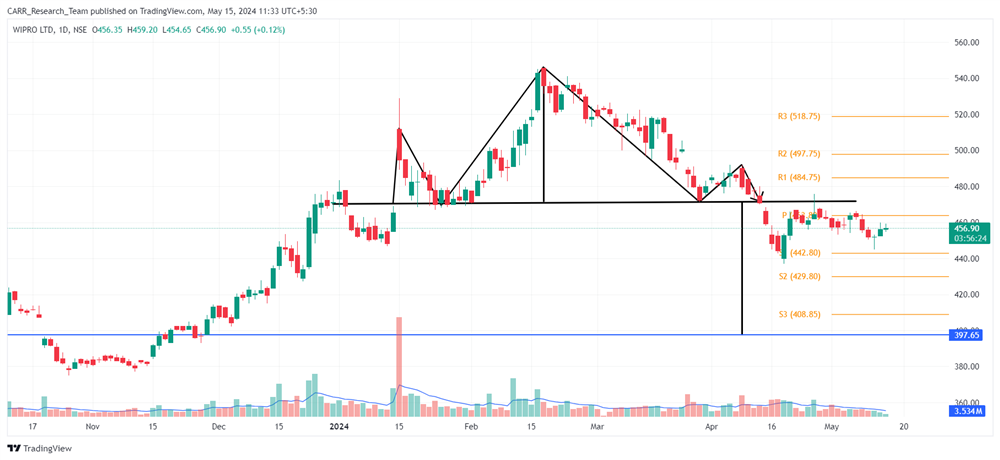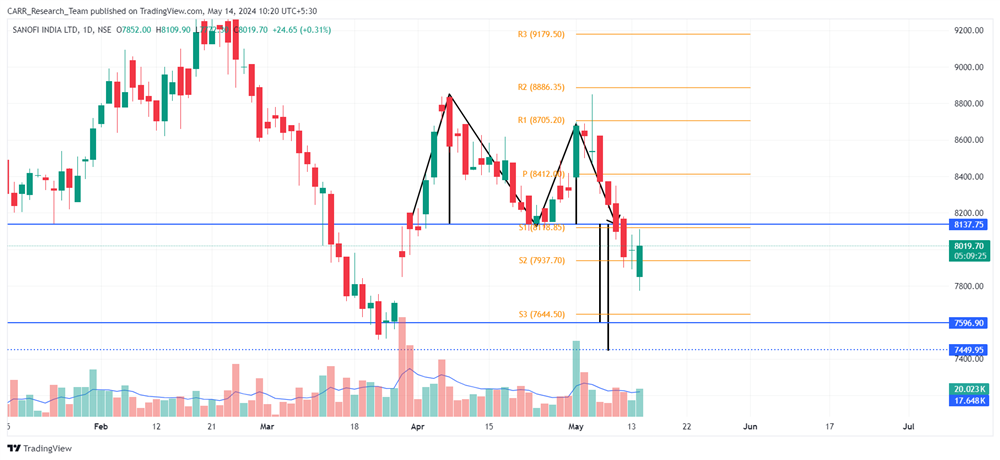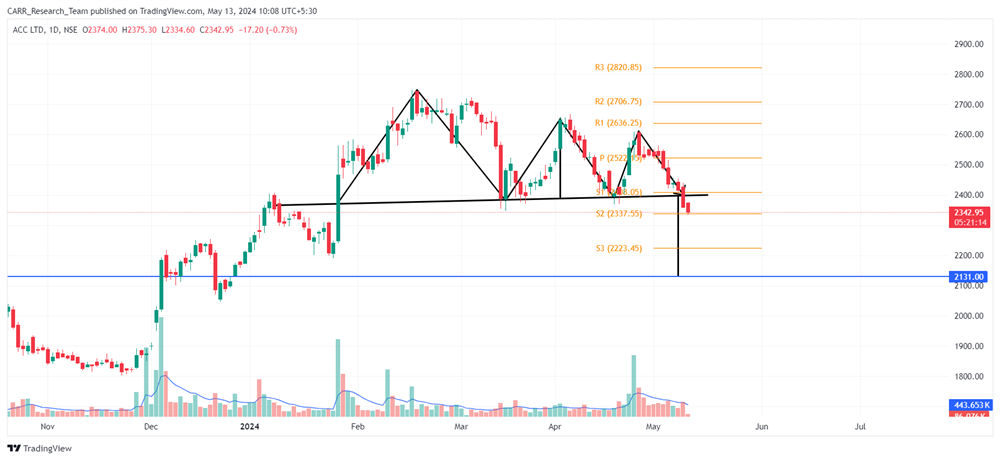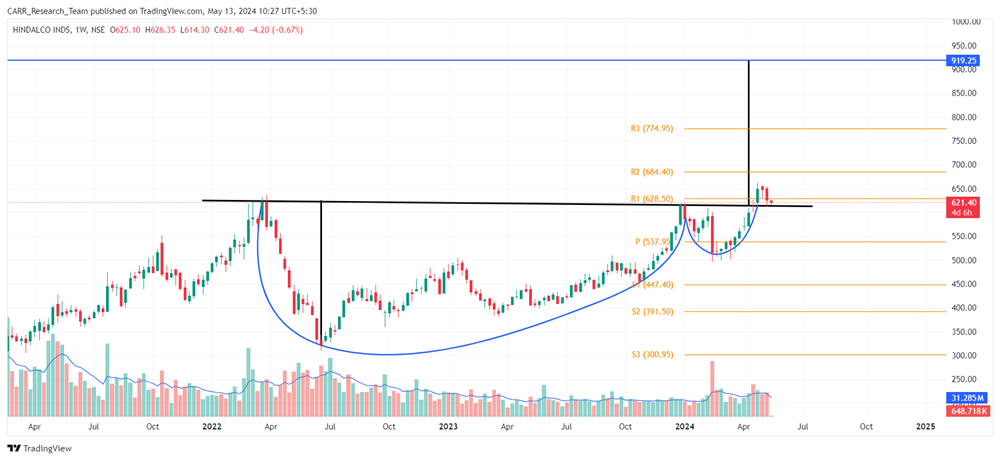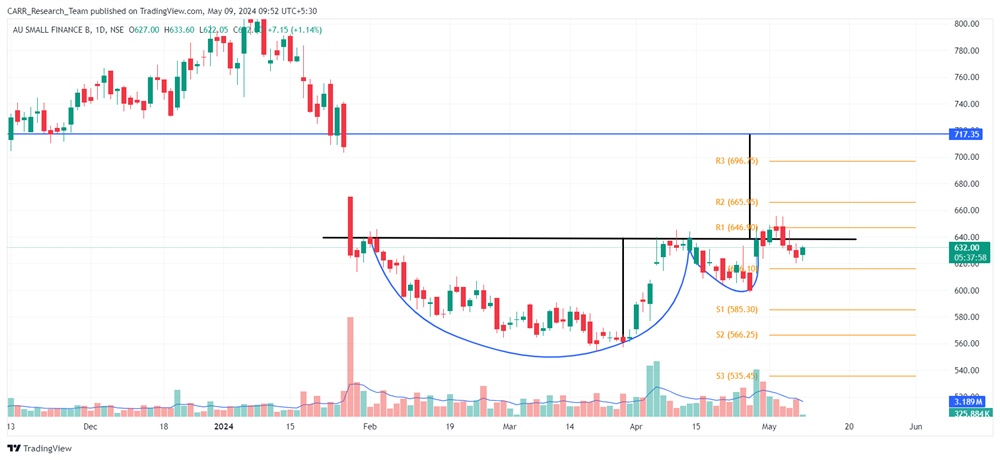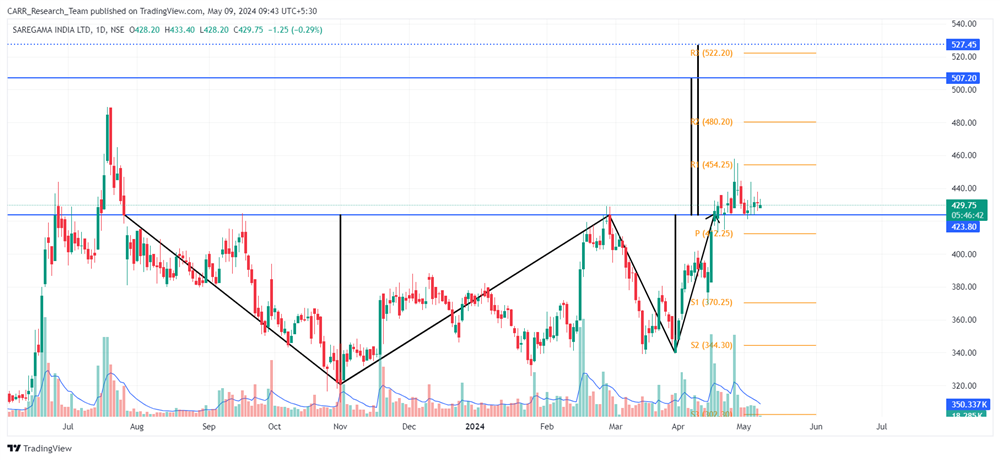The govt. keeps on making active efforts to improve the reporting of Income details of the citizens of the country. In this regard, the govt. has brought in certain mechanisms like Tax Deducted at source (TDS) & Tax Collected at source (TCS), Statement of Financial transactions (SFT) etc. The details gathered from all these sources are displayed in the Annual Information Statement (AIS). It is a comprehensive view of information for a taxpayer.
The information shown on AIS is divided in two parts:
PART A- General Information
Part - A displays general information pertaining to you, including PAN, Masked Aadhar Number, Name of the Taxpayer, Date of Birth/ Incorporation/ Formation, mobile number, e-mail address and address of Taxpayer.
PART- B
- TDS/TCS Information: - Information related to tax deducted/collected at source is displayed here. The information code of the TDS/TCS, Information description and Information value is shown.
- SFT Information: - Under this head, information received from reporting entities under Statement of Financial transaction (SFT) is displayed. The SFT code, Information description and Information value is made available.
- Payment of Taxes: - Information relating to payment of taxes under different heads, such as Advance Tax and Self-Assessment Tax, is shown.
- Demand and Refund: -You will be able to view the details of the demand raised and refund initiated (AY and amount) during a financial year.
- Other Information: - Details of the information received from the other sources, such as data pertaining to Annexure II salary, Interest on refund, Outward Foreign Remittance/Purchase of Foreign Currency etc., is displayed here.
Now, out of the above information, you would know how the govt. will come to know about your salary details, since TDS was withheld from it, this is known to govt.
But, if you look carefully in your AIS, there are so many different transactions reported like your Income from Savings Bank interest, Sale of Shares / Mutual funds etc. how does this data reach the govt.?
So, this happens because of SFT reporting, SFT reporting is basically means that the govt. has mandated certain entities to report certain data in a certain format which can be used by the govt.
So, next question which pops up your mind is who does this reporting and which transactions get reported?
SI. No | Nature of transaction to be reported | Monetary threshold of transaction | Specified person required to submit SFT |
1 | Cash payment purchase of bank drafts or pay orders or banker’s cheque, | Aggregating to Rs.10 lakh or more in an FY | A banking company or co-operative bank to which the banking regulation applies. |
Cash payments for the purchase of pre-paid instruments issued by the Reserve Bank of India, | Aggregating to Rs.10 lakh or more during the FY, | ||
Cash deposits or withdrawals from one or more current accounts of a person | Aggregating to Rs.50 lakh or more in an FY | ||
2 | Cash deposits in one or more accounts other than a current account and time deposit of a person | Aggregating to Rs.10 lakh or more in an FY | A banking company or co-operative bank to which the banking regulation applies, |
Post-Master General of a post office | |||
3 | One or more-time deposits (other than renewed time deposit of another time deposit) of a person | Aggregating to Rs.10 lakh or more in an FY | A banking company or co-operative bank to which the banking regulation applies, |
Post-Master General of a post office, | |||
Nidhi Company as per Section 406 of the Companies Act, 2013, | |||
NBFC – Non-banking financial company holding a certificate of registration under RBI Act to hold or accept deposit from public | |||
4 | Credit card payments made by any person either in cash or by any other mode in a FY. | Aggregating to Rs.1 lakh or more in cash OR | A banking company or Co-operative bank to which Banking Regulation applies or any other company or institution issuing credit card |
Rs.10 lakh or more by any other mode in an FY | |||
5 | Receipt from any person for acquiring bonds or debentures issued by the company or institution (other than renewal) | Aggregating to Rs.10 lakh or more in an FY | A company or institution issuing bonds or debentures. |
6 | Receipt from any person for acquiring shares (including share application money) issued by the company | Aggregating to Rs.10 lakh or more in an FY | A company issuing shares |
7 | Buyback of shares from any person (other than the shares bought in the open market) | Aggregating to Rs.10 lakh or more in an FY | Listed company purchasing its own securities under Section 68 of the Companies Act, 2013 |
8 | Receipt from any person for acquiring units of one or more schemes of a mutual fund (other than transfer from one scheme to another) | Aggregating to Rs.10 lakh or more in an FY | A trustee of a mutual fund or any such other person authorised to manage the affairs of the mutual fund |
9 | Receipt from any person for sale of foreign currency including any credit of such currency to a foreign exchange card or expense in such currency through a debit or credit card or through the issue of travellers cheque or draft or any other instrument | Aggregating to Rs.10 lakh or more during an FY | Authorised person as referred to in Section 2(c) of the Foreign Exchange Management Act, 1999 |
10 | Purchase or sale of immovable property | Inspector-General appointed under Section 3 of the Registration Act, 1908 or Registrar or Sub-Registrar appointed under section 6 of that Act. | |
11 | Cash receipt for sale, by any person, of goods or services of any nature (other than those specified at Sl. Nos. 1 to 10) | Exceeding Rs.2 lakh | Any person who is liable for audit under section 44AB of the Act |
So, if you have done any of the above transactions, it is reported to the govt. and the same will be appearing in your AIS.
Hope, you are enjoying this tax series!
-01_400.png)



